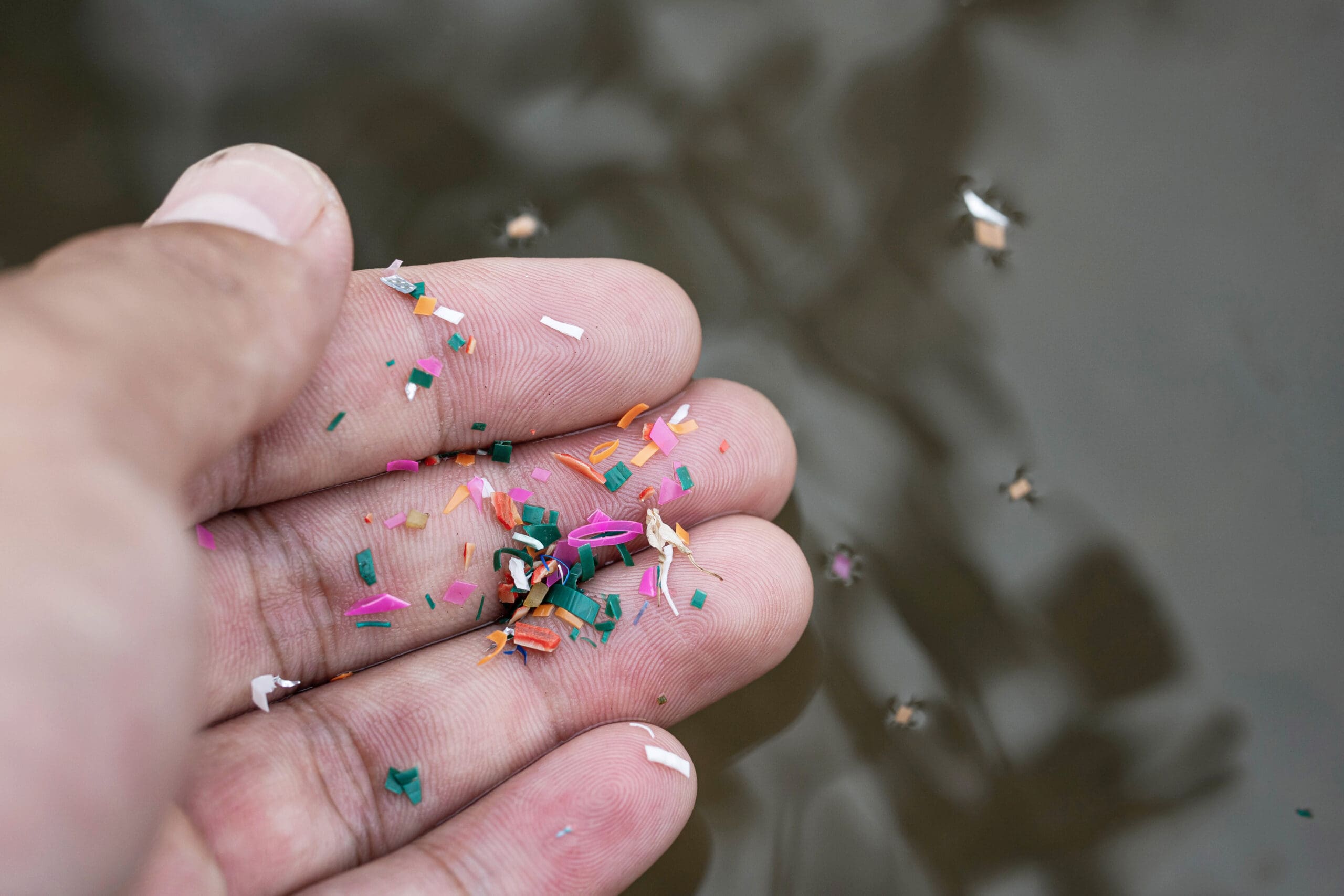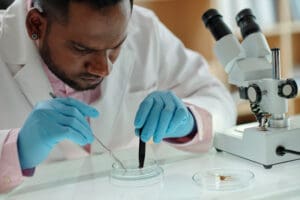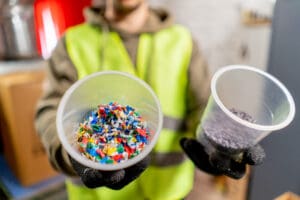
Unveiling the Hidden Risk: Are Microplastics Linked to Heart Problems?
The buzz around microplastics in recent years has been growing louder, with researchers and environmentalists alike sounding the alarm on these tiny and often overlooked pollutants. With their presence found in everything from ocean mists to the air we breathe, microplastics remain a pervasive, if invisible, threat to both the environment and human health. Among the many concerns being raised, a particularly worrying link has emerged in scientific studies—microplastics could be leading to heart problems.
This revelation spotlights the pressing need to understand and address this modern health predicament. Below, Artesian Bottleless Water unpacks this current evidence linking microplastics to heart problems, explores the potential pathways of harm, and outlines essential steps for individuals, industries, and governments to reduce exposure and mitigate the impact.
The Plastic Predicament: What Are Microplastics?
Microplastics are small plastic pieces, less than five millimeters long, that come from a variety of sources, including larger plastic debris that degrades into smaller and smaller pieces. Primary microplastics are manufactured, like the microbeads in personal care products, while secondary microplastics result from the degradation of larger plastic items.
These minuscule particles are incredibly persistent in the environment; they do not biodegrade but rather break down into smaller pieces, with the potential to spread contaminants and the media for harmful microorganisms. The sheer breadth of their reach—from the highest mountaintops to the deepest ocean trenches—underscores the gravity of the situation.
The Heart of the Matter: New Findings and Their Implications
Recent studies, such as the groundbreaking work published in the New England Journal of Medicine, suggest a direct correlation between microplastic exposure and an increased risk of cardiovascular problems. Scientists have found that these particles can infiltrate human tissues, leading to inflammation and oxidative stress, both of which are risk factors for heart disease.
Microplastics have a high surface area and adsorb a variety of chemicals, including persistent organic pollutants. The concern is that these toxic substances may be leaching into our bodies or interfering with our biochemistry.
While the exact mechanisms are not yet fully understood, the implications are clear—our cardiovascular health may be in jeopardy.

Confronting Reality: Microplastics in Our Bodies
Skeptics might ask how something as small as a microplastic particle could possibly pose a significant health threat. However, studies have already demonstrated that humans routinely ingest microplastics, and these particles have been detected in tissues such as the liver, spleen, and even the placenta.
The fact that microplastics can cross the gut barrier and find their way into our organs is deeply concerning. For the heart, in particular, this could lead to the development of atherosclerosis, the narrowing and hardening of the arteries that can lead to heart attacks and strokes.
The emergence of microplastics in our bodies underscores the urgency of the situation. If these particles are both persistent and potentially toxic, the long-term effects on our health could be as lasting as they are worrying.
The Plastics Paradox: Growth in Consumption, Decline in Health
At the heart of the microplastics issue is the paradox that while we’re manufacturing and consuming more plastics than ever, our understanding of the long-term health impacts is still in its infancy. With the growth in plastic production and inadequacy in waste management systems, it’s likely that the microplastic load in our environment—and our bodies—will continue to increase.
This paradox is especially glaring when we consider that cardiovascular diseases are the leading cause of death globally, accounting for a third of all deaths. If indeed there is a causal link between microplastics and these diseases, we are potentially facing the next major public health challenge of our time.
Navigating the Microplastic Minefield: Best Practices for Individuals
While broader systemic changes are essential, individuals are not without the power to protect themselves. Taking proactive steps to minimize our daily exposure to microplastics can go a long way. Here are some practices to consider:
- Opt for natural fabrics like cotton or wool over synthetic ones.
- Avoid products that contain microbeads, especially in cosmetics and personal care items.
- Invest in a quality water filter to reduce the likelihood of microplastics in drinking water.
- Consider limiting the consumption of bottled water, which has been shown to contain more microplastics than tap water.
- Choose to buy in bulk or utilize eco-friendly, plastic-free packaging options.
By making informed choices and advocating for change, we can collectively decrease the demand for and prevalence of microplastics in our lives.
Navigating the Microplastic Minefield: Best Practices for Businesses
While individuals can take steps to reduce their own contribution to the microplastic problem, businesses also play a crucial role in mitigating this issue.

As companies become more aware of their environmental impact and strive towards sustainability goals, navigating the microplastic minefield has become an important consideration for many.
So how can businesses effectively address the issue of microplastics? Here are some best practices to help businesses navigate this complex topic:
- Understand the Sources
The first step for businesses is to understand where microplastics are coming from within their operations. This could include identifying products that contain microbeads or using materials that shed plastic fibers. By pinpointing these sources, businesses can then work towards finding alternatives or implementing changes to reduce their contribution.
- Educate Employees
Employees play a critical role in implementing sustainable practices within a business. Companies should educate their staff about the issue of microplastics and why it is important to reduce their use. By creating awareness among employees, they can become advocates for change and support efforts to reduce microplastic pollution.
- Use Alternative Materials
One effective way for businesses to reduce their contribution to microplastics is by using alternative materials that are biodegradable or recyclable. For example, instead of using plastic packaging or containers which may shed tiny particles into the environment, consider using eco-friendly options such as paper or cardboard.
- Implement Proper Waste Management
Proper disposal and recycling of plastic waste is crucial in preventing microplastics from entering the environment. Businesses should have clear waste management policies in place to ensure that plastic waste is disposed of properly and does not end up in our waterways.
- Invest in Research & Innovation
Innovative solutions are key in addressing the issue of microplastics. Businesses can invest in research and development to find alternatives to plastic materials or improve their production processes to minimize the release of microplastics into the environment.
Collective Efforts for a Plastic-Free Future
Our understanding of microplastics and their health effects is evolving, and so too must our actions. Collectively, we can champion technological innovations that offer sustainable alternatives and look for ways to eliminate our plastic consumption.
Every step towards reducing our reliance on single-use plastics, promoting proper waste management, and supporting research into the impact of microplastics on our health contributes to the broader goal of a healthier, plastic-free future. If you’re looking to eliminate any chance of adding to the problem of microplastics, then let’s take a look at your drinking water source. Plastic bottles and 5-gallon jug coolers are common, but they’re not the only solution to keeping your employees hydrated.
A bottleless water cooler from Artesian Bottleless Water not only eliminates plastic bottle use in your office but also removes microplastics, sediments, and chemicals from your tap water. To experience better, healthier, microplastic-free drinking water in your office, start a free 7-day trial today!



